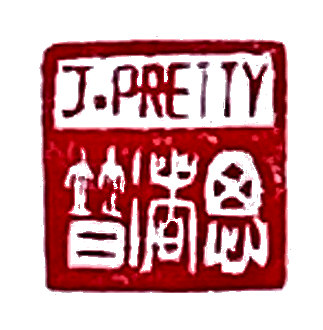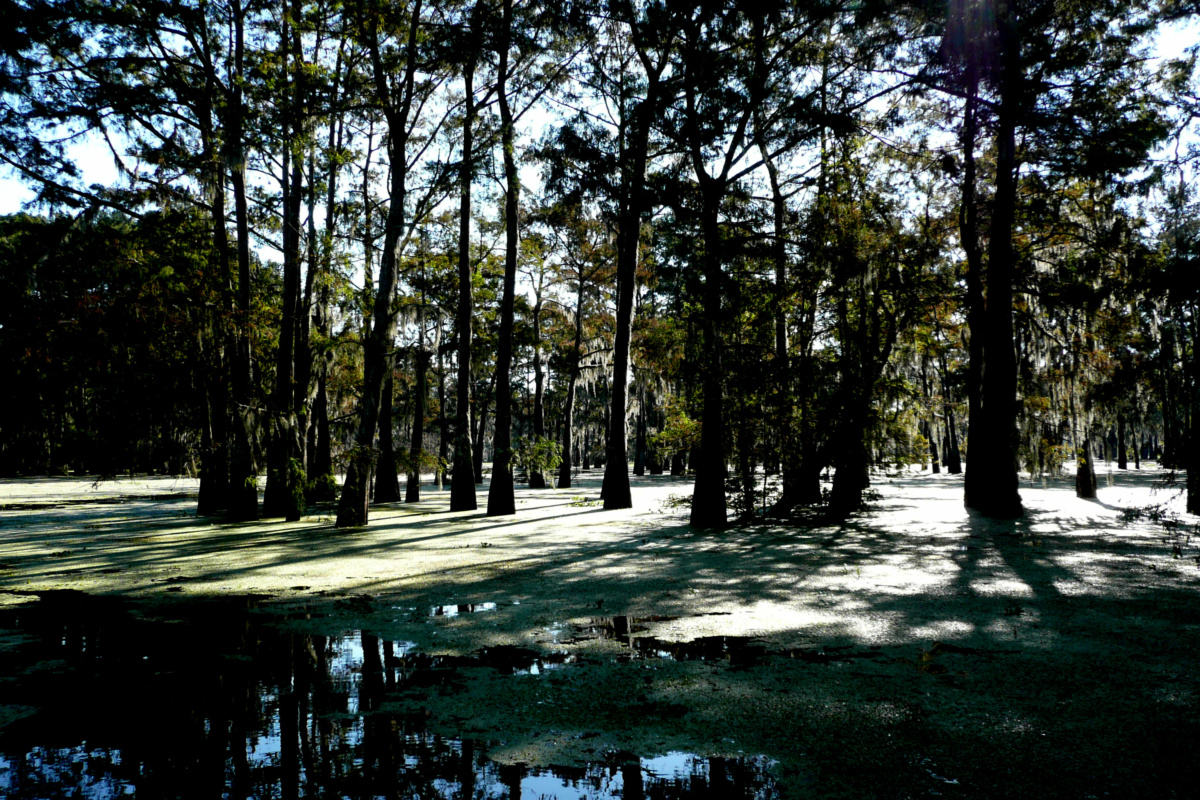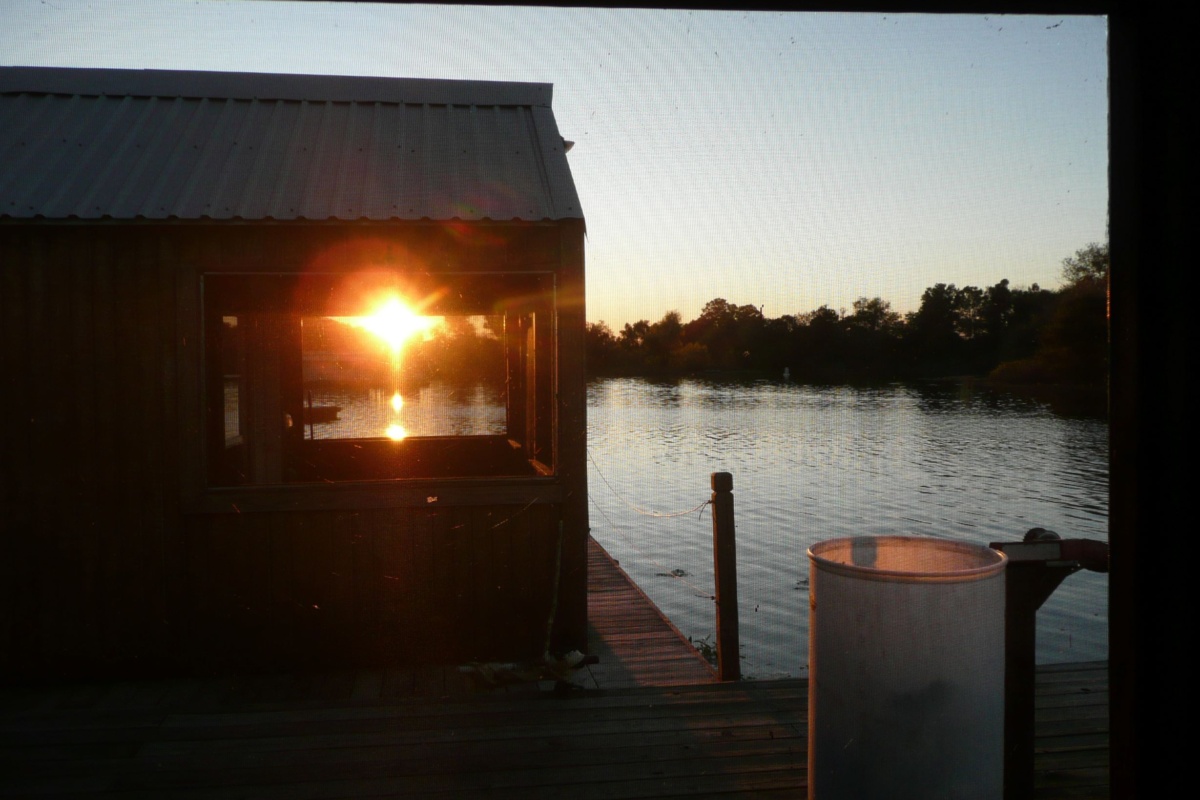[3 mins reading time]
Koan: Kei Sho Ko [Count-Stars-Sky]
Winter in the southern swamp. Warm, sticky.
How wet it is.
The fire ants are moving, they always work together. Biting and laughing they leap up, jumping from the levee grass. They’re moving venom, they burn and blister feet and limbs.
The next day, acrid skies along the Mississippi River. Out in the swamp, water has been switched by engineers to save refinery and factory.
The water rises fast.
The ants sense this shift. They form up in a treadmill on the rising bayou.
The colony is now a ball, a collective planet governed by pheromones. The ants spin their world, rotate so that those underwater can soon come up for air, then descend again. Each ant is in light then dark, in dry then wet.
They move away in search of drier land. Together.
A heron glides on a tangled mat, there is snake and alligator, amongst the roots of old growth cypress. Water brims over a wooden bridge. It floods house and hunting cabin, out on Bloody Bayou.
The sky is bright yet strained. There are vehicles nose to tail, heading north away from the coming seaborne storm, brake lights flaring.
You have to get out of the coast, urges the TV anchor once again.
That’s right, some people are sleeping with troubled dreams. Out at the coast, abandoned homes lie chill and underwater.
It’s the Gulf, southern Louisiana. The drilling in deep water, the rising rate of storm and hurricane, the loss of thirty-six whole parishes. Their names have been retired.
Inland, at the top end of the swamp. A family dinner, a fine old house on the edge of town.
Over dinner, the father is firm, quite clear.
There is no such thing, no shifts in climate. It’s been invented. And anyway what was so wrong about a coast being undone. It’s always been that way. One man at the table nods and smiles. Another looks down at his plate.
The Gulf means finest rig, drilling for the sacred treasures waiting on the seabed.
Earlier at dusk, a robin had been singing. A red heart that beats a thousand times a minute. Many a farmer in the old country would never want one in the house. This dark-eyed bird was known to foretell death by flighting in the kitchen.
Now after dinner, in the ornate garden, frogs are singing from the swamp.
So the visitor and the children walk a little, stand beside the bayou. They are wide awake, attentive to all around. All they really need to do for life, pay attention.
The father sits with another visitor, an oil man. They’re smoking cigars.
By the swamp, the man points out constellations to the girl and boy. They start counting, watching out for shooting stars.
And their world begins expanding.
“There’s one, there’s another one.”
“Look, there, between your toes. More stars.”
We have stars above, and in the water. As the ripples ease away, so the stars coalesce, become clear points of light. Suddenly the swamp is mainly stars.
The children laugh.
“How many stars are there?”, asks the girl.
Well, some are falling. They see a flash, a streak. Falling stars forevermore, that shine between their toes.
Since that time, another piece of sky has fallen from the spiral castle.
And even as all the night lights sparkle, still there are some things talked about, some things never.
Well. There’s a star in the spinning mill of heaven.
Look, there’s another one. It’s falling.
Jules Pretty
Commentary on Kei Sho Ko [Count-Stars-Sky]
Sometimes it seems impossible to find the words to bring together people with distant starting points. The passage of time and place has had no heft.
This koan suggests counting stars, for this will cause time to go on expanding. It will let the world catch up, expand the grain. Go towards the sign that has been put up: no trespassing. What we can share is this: beauty in common things, in nature all around. Counting stars between the children’s toes is another route out the pain of imprisonment.
The inconceivable could happen. You might see a ball of fire ants spinning to escape the flood.
There it is. Another star.
And this counting, at the very least we can do this together.

 Jules Pretty
Jules Pretty



